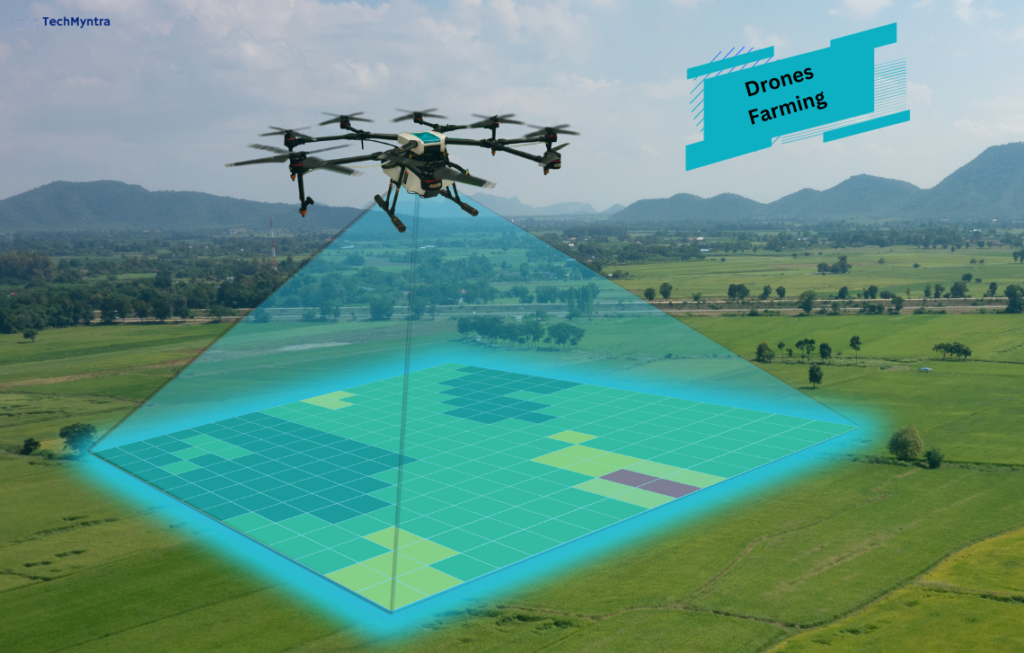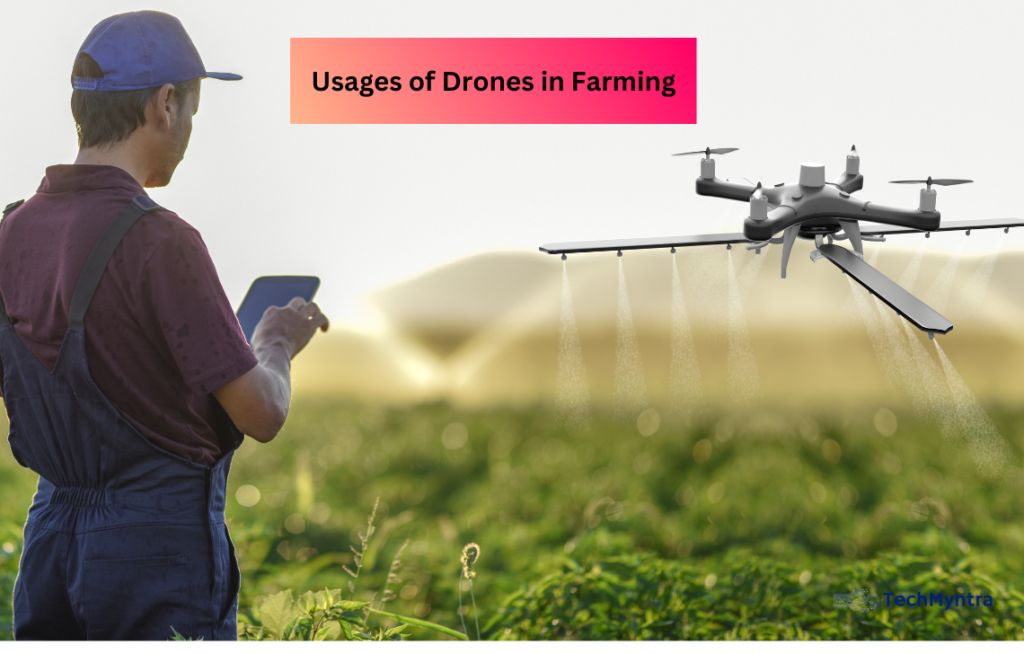Table of Contents
What are drones?
Drones are unmanned aerial vehicles (UAVs) that are used for a variety of purposes. They have become increasingly popular in recent years due to their versatility and efficiency. Drones can be used for a variety of purposes, including surveillance, photography, and delivery. In addition, they have also proven to be useful in the field of agriculture.
Drones are equipped with cameras and sensors that allow farmers to monitor their crops and livestock. They can be used to gather data on crop health, soil moisture levels, and weather patterns. This information can then be used to make more informed decisions about planting, harvesting, and irrigation.

Drones can also be used to apply pesticides and fertilizers more efficiently. Traditional methods of crop spraying involve large vehicles that can damage crops and soil. Drones, on the other hand, can deliver precise amounts of pesticides and fertilizers directly to the crops, reducing waste and minimizing the risk of damage to the environment.
One of the biggest advantages of drones in farming is their ability to cover large areas quickly and efficiently. This is particularly useful in areas with difficult terrain or limited access. Drones can be used to survey and map large areas of farmland, allowing farmers to identify potential problem areas and make adjustments as needed.
In addition to their practical applications, drones also have the potential to save farmers time and money. By automating certain tasks, such as crop monitoring and spraying, farmers can focus their time and resources on other areas of their operations.
As technology continues to improve, it is likely that drones will become an even more integral part of farming. Advances in sensors and artificial intelligence could allow drones to make even more precise and informed decisions about crop health and management.
Usages of Drones in Farming

- Drones can help farmers save time and money by reducing the need for manual labor. For example, a drone can survey an entire field in just a fraction of the time it would take a farmer to walk the same area.
- Drones can also improve crop yields by identifying areas that may require additional attention. For example, a drone may detect a section of a field that is not receiving enough water or fertilizer, allowing the farmer to address the issue before it affects the entire crop.
- Drones can be used to monitor livestock as well. For example, a drone equipped with thermal imaging technology can detect animals that may be sick or injured, allowing farmers to provide timely care.
- In addition to agriculture, drones can be used in other industries as well, such as construction, mining, and surveying. This versatility makes them a valuable investment for many businesses.
- However, there are also some challenges associated with the use of drones in farming. For example, drones can be expensive to purchase and maintain, and regulations around their use can vary depending on the location.
- It is important for farmers to receive proper training and education on how to use drones safely and effectively. This includes understanding how to operate the drone, how to interpret data collected by the drone, and how to maintain the drone over time.
- The benefits of using drones in farming are numerous and promising. As technology continues to evolve, we can expect to see even more applications for drones in the agricultural industry, helping farmers to be more efficient, productive, and sustainable in their practices.
- Drones can help farmers manage their fields more effectively by providing real-time data on crop health and yield. This data can be used to make more informed decisions about irrigation, fertilization, and pest control, ultimately leading to higher crop yields and more efficient use of resources.
- Drones can also help farmers identify areas of their fields that may be suffering from soil erosion or other types of damage. By identifying these areas early on, farmers can take steps to prevent further damage and protect their soil.
- In addition to monitoring crops, drones can also be used to survey land for potential future farming sites. This can be particularly useful in areas that are difficult to access or where traditional land surveying methods may not be practical.
- Drones can also help farmers improve the safety of their operations. For example, drones can be used to inspect equipment and infrastructure, reducing the need for farmers to climb ladders or use other dangerous equipment.
- As the technology behind drones continues to improve, there may be opportunities for farmers to use drones for more specialized applications. For example, drones may be used to monitor the growth of specific types of crops or to analyze the impact of climate change on agricultural practices.
- However, it is worth noting that the use of drones in farming is not without its challenges. For example, drones can be expensive to purchase and maintain, and there may be regulatory hurdles to overcome when using drones in certain areas.
- In addition, the use of drones in farming raises important questions about privacy and data security. Farmers must be mindful of the information that is collected by their drones and take steps to protect that information from potential security breaches.
Conclusion
The benefits of using drones in farming are numerous and exciting. As farmers continue to explore the possibilities of drone technology, it is likely that we will see even more innovative applications in the years to come. The future of farming looks bright with the use of drones. They offer a range of benefits, from increased efficiency to improved sustainability. As more farmers adopt this technology, it is likely that we will see a more sustainable and productive agricultural industry in the years to come.












